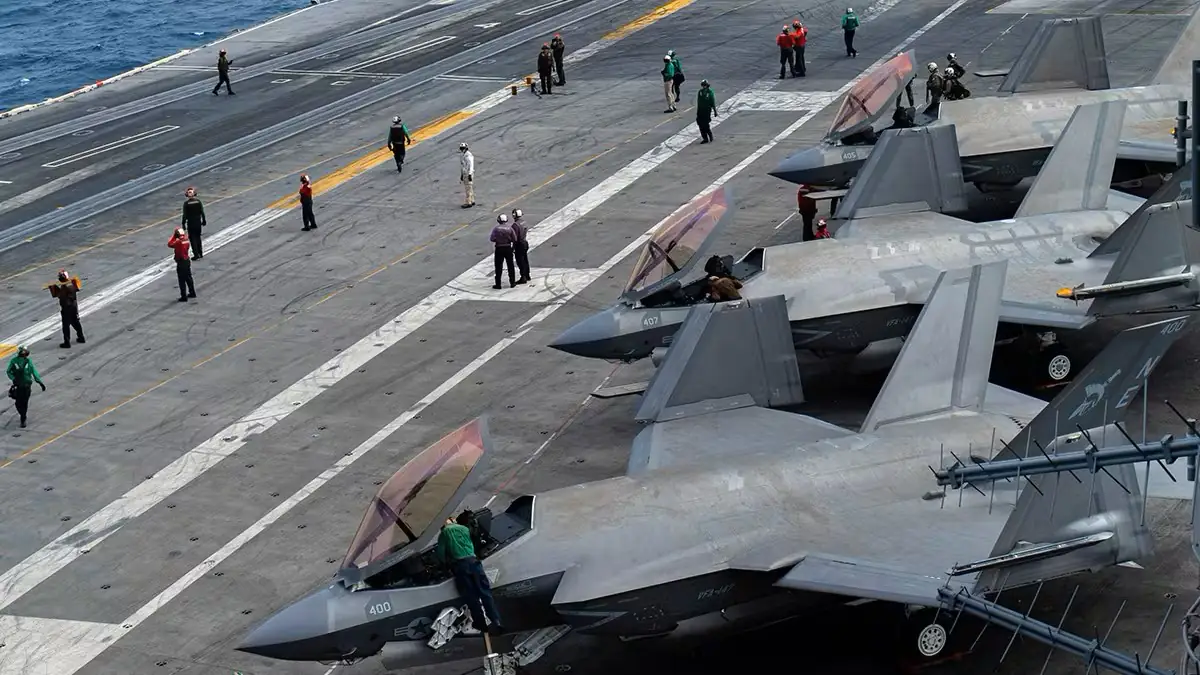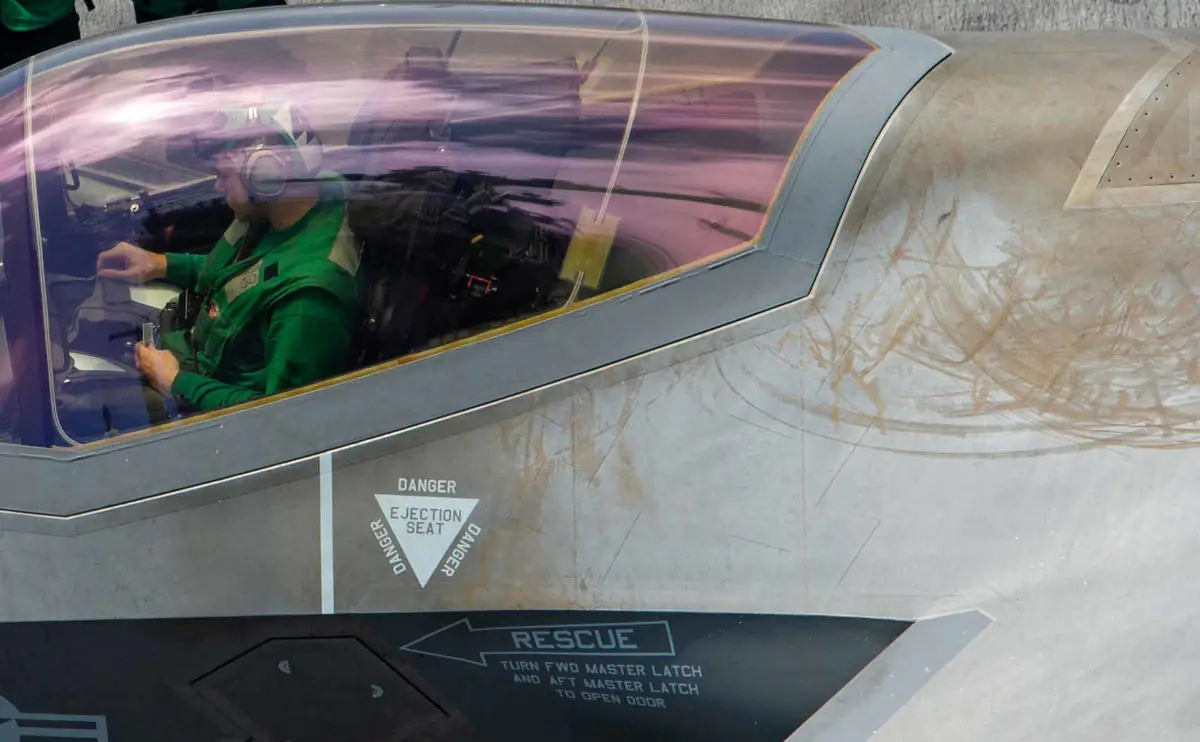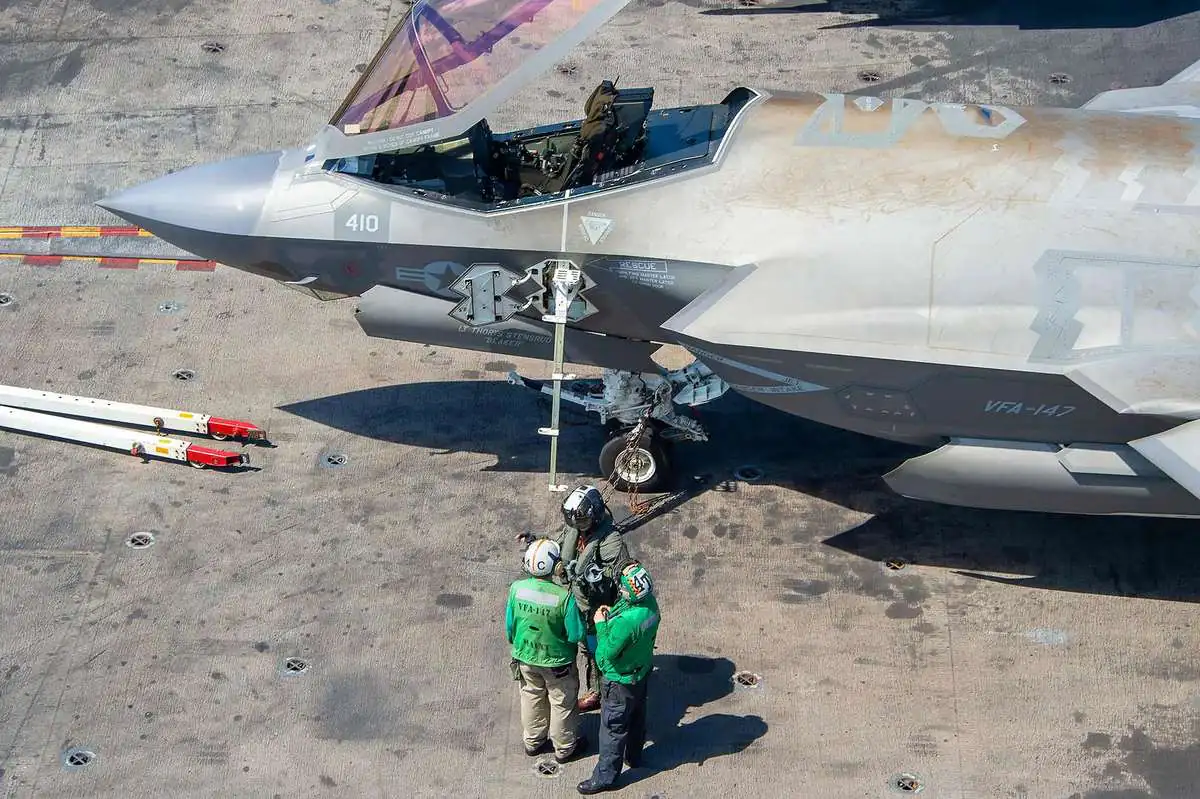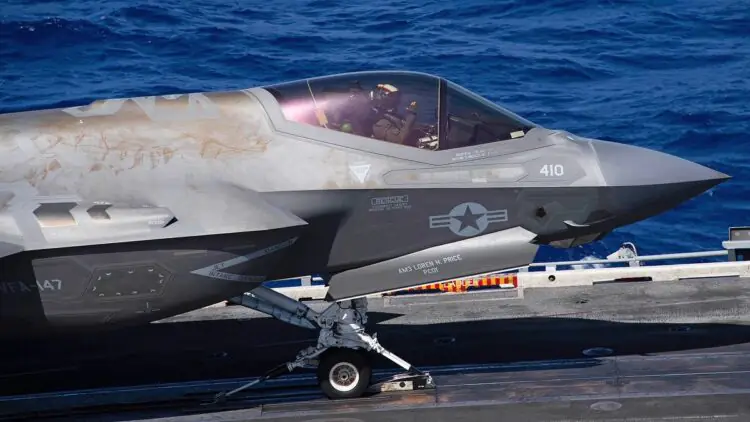The F-35 Joint Program Office (JPO) is actively addressing corrosion-related issues affecting the aircraft, with a focus on ensuring their long-term mission readiness and operational reliability. According to a statement from the program’s public affairs office, the issue has become particularly noticeable due to surface discoloration observed after deployment, especially under demanding operating conditions. The JPO emphasizes that these changes do not indicate structural damage or a degradation of the aircraft’s stealth capabilities.

The agency clarified that many of the surface changes perceived by the public as damage – such as discoloration after deployment – do not negatively impact the aircraft’s condition. F-35 jets are frequently exposed to harsh environments during naval operations, including constant contact with saltwater, contamination from lubricants and other fluids, and proximity to rotor wash and cleaning activities. These factors can lead to wear or discoloration of the coating, but they do not compromise the structural integrity or stealth performance of the aircraft.
To address the issue, the F-35 Joint Program Office has developed a new coating designed to significantly reduce or eliminate discoloration, improve wear resistance, and extend the coating’s lifespan. This new finish will be applied during routine maintenance cycles, following a process similar to how coatings are refreshed on both commercial and military aircraft.

One of the core challenges with corrosion is that it’s often not immediately visible. As explained by a program officer, corrosion doesn’t typically trigger obvious signs of malfunction, and its effects can be hidden beneath surface coatings or within joints and seams. The F-35’s construction – using a mix of aluminum, titanium, and carbon composites – can create conditions for galvanic corrosion, particularly in humid and salty environments.
The F-35 Joint Program Office has made corrosion control a strategic priority, implementing a coordinated approach to reduce long-term risks to the fleet. Initially, the program lacked a well-structured system to manage this issue, which led to a reactive posture as the aircraft aged. Recent improvements now include a more organized strategy, supported by dedicated engineering and technical teams. The goal is to ensure that each aircraft meets established standards and remains consistently ready for operational deployment.

The program office emphasized that, while corrosion control doesn’t attract the same level of attention as headline-making advancements in other areas of the F-35 program, it remains a critical factor in maintaining the aircraft’s longevity and reliability. Through the continued efforts of technical staff and engineers, the program aims to keep the fleet not only mission-ready but also capable of maintaining air superiority for decades to come.
Source: Ukdefencejournal









